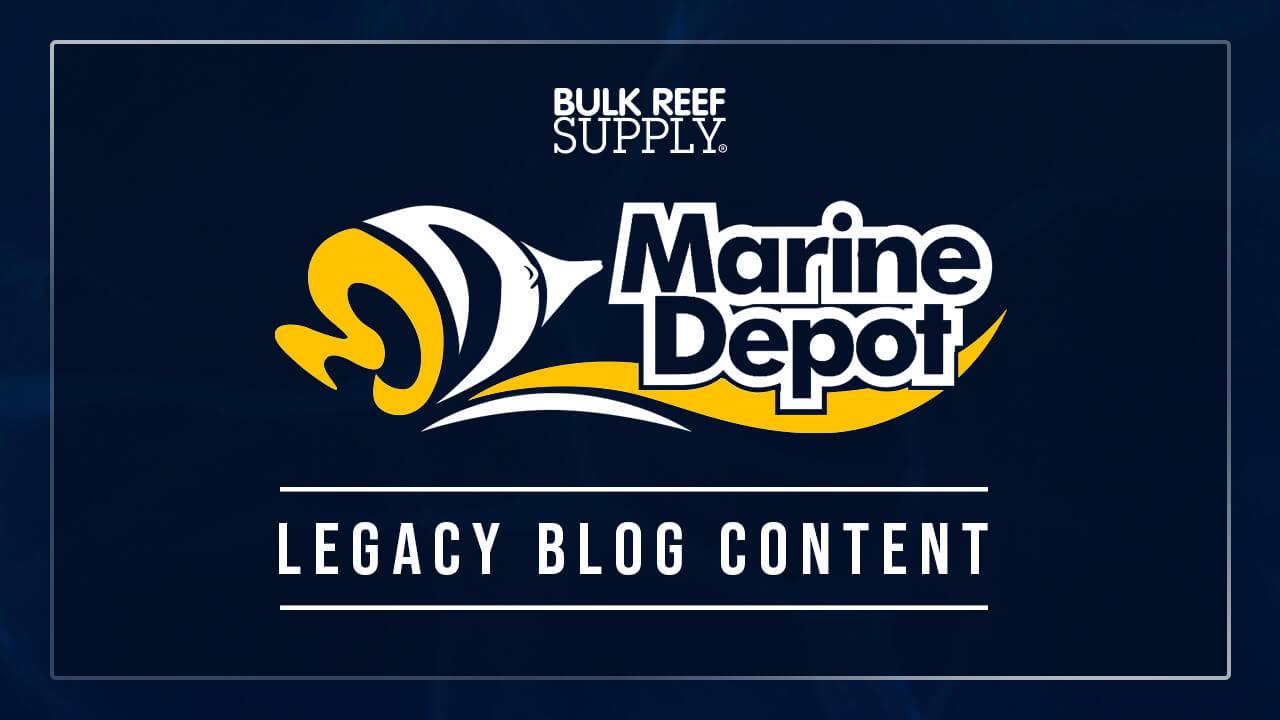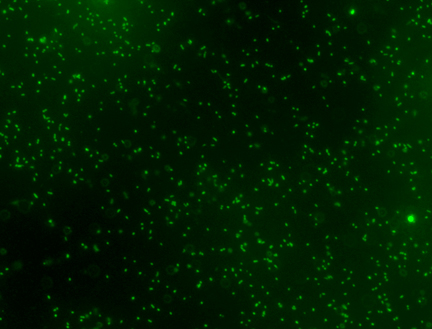I am trying to explain to someone that there is very little beneficial bacteria in the water column and using old tank water will not assist the cycling process to any significant degree-rather unsuccessfully. Does anyone have any decent explanation, links that would explain this? This article does not exist anymore https://www.advancedaquarist.com/2011/3/aafeature
Thanks.
Thanks.
Last edited:























